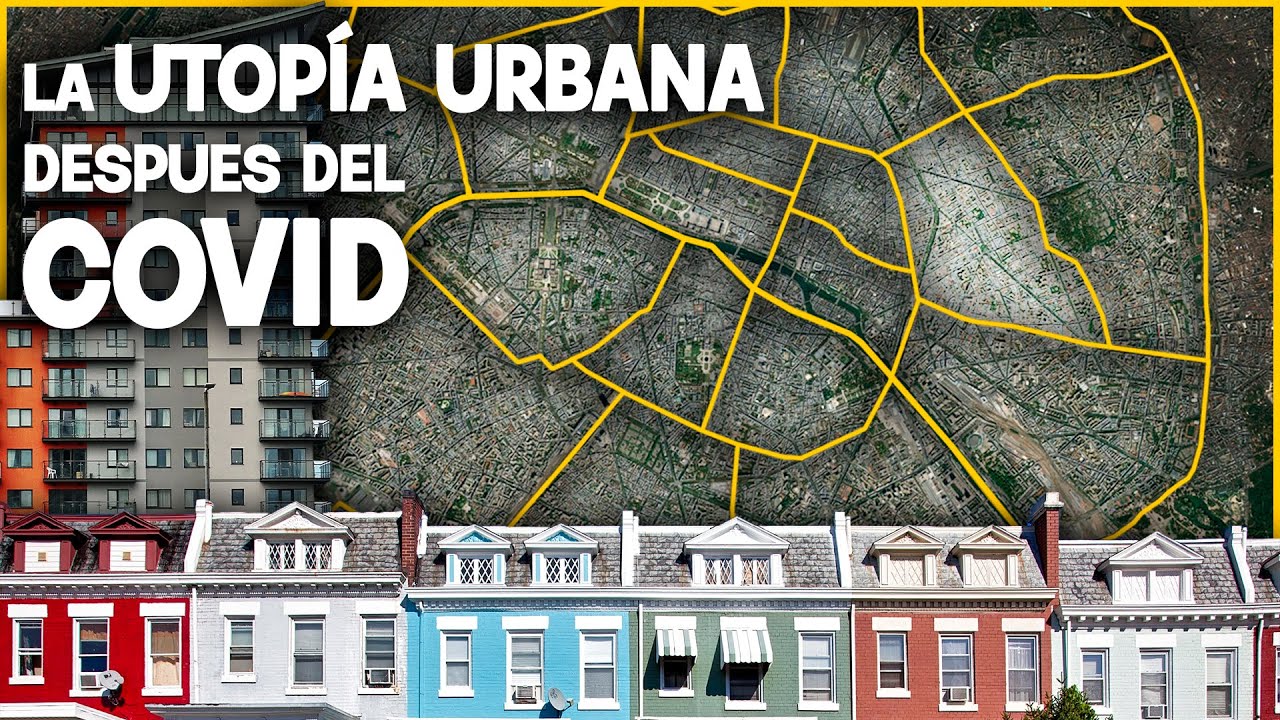The Replacement of Beauty.
Summary
TLDRThis video script reflects on the transformation of a charming Victorian town near Reading, where, in the 1960s, the demolition of homely streets to make room for utilitarian office blocks, bus stations, and car parks marked a shift toward functional, yet aesthetically barren urban planning. It critiques the subsequent replacement of this brutalist style with a new kind of architectural failure—glass walls on steel frames with mismatched details. The message emphasizes the importance of considering beauty and human connection in urban design, warning that utility-driven architecture often leads to buildings that are eventually discarded.
Takeaways
- 😀 The speaker grew up in a charming Victorian town near Reading, known for its terraced streets, gothic churches, and elegant public buildings.
- 😀 In the 1960s, the town began to change, with many homely streets demolished to make way for office blocks, a bus station, and car parks.
- 😀 The new developments were designed with little regard for aesthetic beauty, focusing only on utility.
- 😀 The result of prioritizing utility over beauty was that the buildings quickly became unattractive and ineffective.
- 😀 Public backlash arose against the brutal concrete architecture of the 1960s, which was widely disliked.
- 😀 Architects responded by replacing concrete with glass walls and steel frames, but this solution had its own set of problems.
- 😀 The new architectural style, with its absurd details and mismatched elements, was another failure in creating harmonious structures.
- 😀 These new buildings were also poorly designed, leading them to eventually be slated for demolition.
- 😀 The speaker's message emphasizes that when architecture is designed with only utility in mind, it often fails to serve its purpose in the long term.
- 😀 The constant cycle of demolition and reconstruction highlights the failure of focusing solely on practical function without considering aesthetic and long-term value.
Q & A
What town is mentioned in the transcript, and what is its historical significance?
-The town mentioned is Reading, a charming Victorian town known for its terraced streets, gothic churches, elegant public buildings, and smart hotels.
How did Reading change in the 1960s?
-In the 1960s, the central areas of Reading underwent significant transformation. Homely streets were demolished to make way for office blocks, a bus station, and car parks, all built without consideration for beauty.
What issue is raised about the design approach in Reading's transformation?
-The transcript critiques the design approach, suggesting that focusing only on utility results in buildings that soon become outdated and useless.
What architectural style replaced the 1960s brutalist buildings?
-The brutalist buildings of the 1960s were replaced by a new style featuring glass walls hung on steel frames, which included absurd details that often did not match the overall design.
What is the main criticism of the new architectural style that replaced the brutalist buildings?
-The main criticism is that the new style of architecture, while different, still failed to fit the environment, leading to the construction of buildings that are ultimately destined for demolition.
What does the transcript suggest about the concept of 'beauty' in architecture?
-The transcript suggests that a lack of consideration for beauty in architecture leads to poor designs that are not appreciated by the public, and the buildings eventually become redundant.
What lesson does the transcript imply regarding urban planning?
-The lesson implied is that urban planning should balance utility with aesthetic value, as buildings that are only functional without beauty tend to be short-lived and unappreciated.
What role does public reaction play in the development of architecture according to the transcript?
-Public reaction plays a critical role, as it was the public's dissatisfaction with the brutal concrete style that led architects to replace it with the new glass-and-steel designs, which also proved unsatisfactory.
How does the transcript view the relationship between architectural aesthetics and utility?
-The transcript emphasizes that while utility is important, focusing solely on it without considering aesthetics results in buildings that are not enduring or valuable to the public.
What does the transcript imply about the future of buildings constructed without beauty?
-The transcript implies that buildings constructed without beauty, even if functional, are likely to be demolished in the future due to public dissatisfaction and their inability to stand the test of time.
Outlines

This section is available to paid users only. Please upgrade to access this part.
Upgrade NowMindmap

This section is available to paid users only. Please upgrade to access this part.
Upgrade NowKeywords

This section is available to paid users only. Please upgrade to access this part.
Upgrade NowHighlights

This section is available to paid users only. Please upgrade to access this part.
Upgrade NowTranscripts

This section is available to paid users only. Please upgrade to access this part.
Upgrade NowBrowse More Related Video

Why Paris Looks Weird

Room Makeover | Vlog | Neha Jethwani |

The truth about Tehran, by artist Nazgol Ansarinia | The artist and their city

¿Son Las CIUDADES DE 15 MINUTOS De Verdad Una Buena Idea? || Urbanópolis

The difference between Urban Planning and Urban Design explained in 100 seconds

Wat Zegt De Wetenschap: Is hoogbouw de oplossing voor het tekort aan open ruimte?
5.0 / 5 (0 votes)